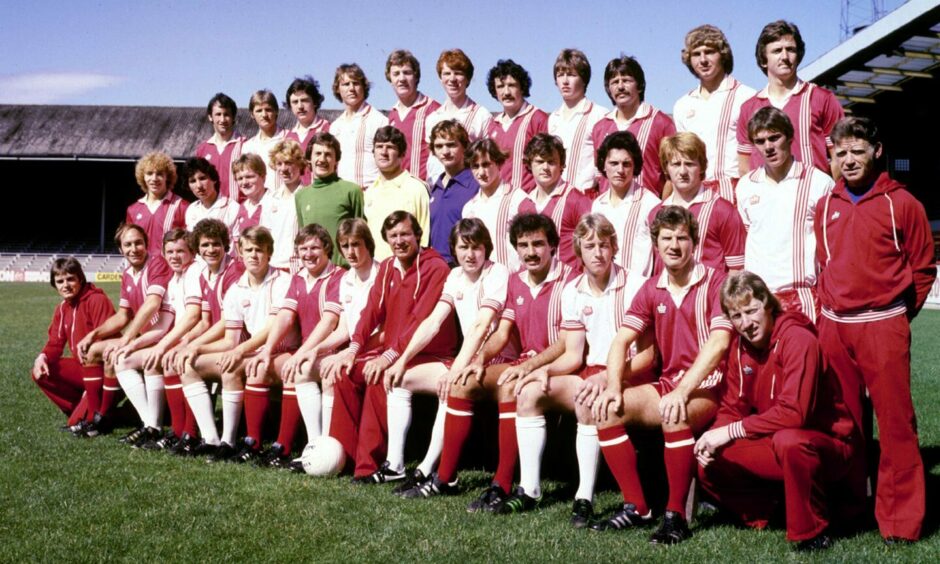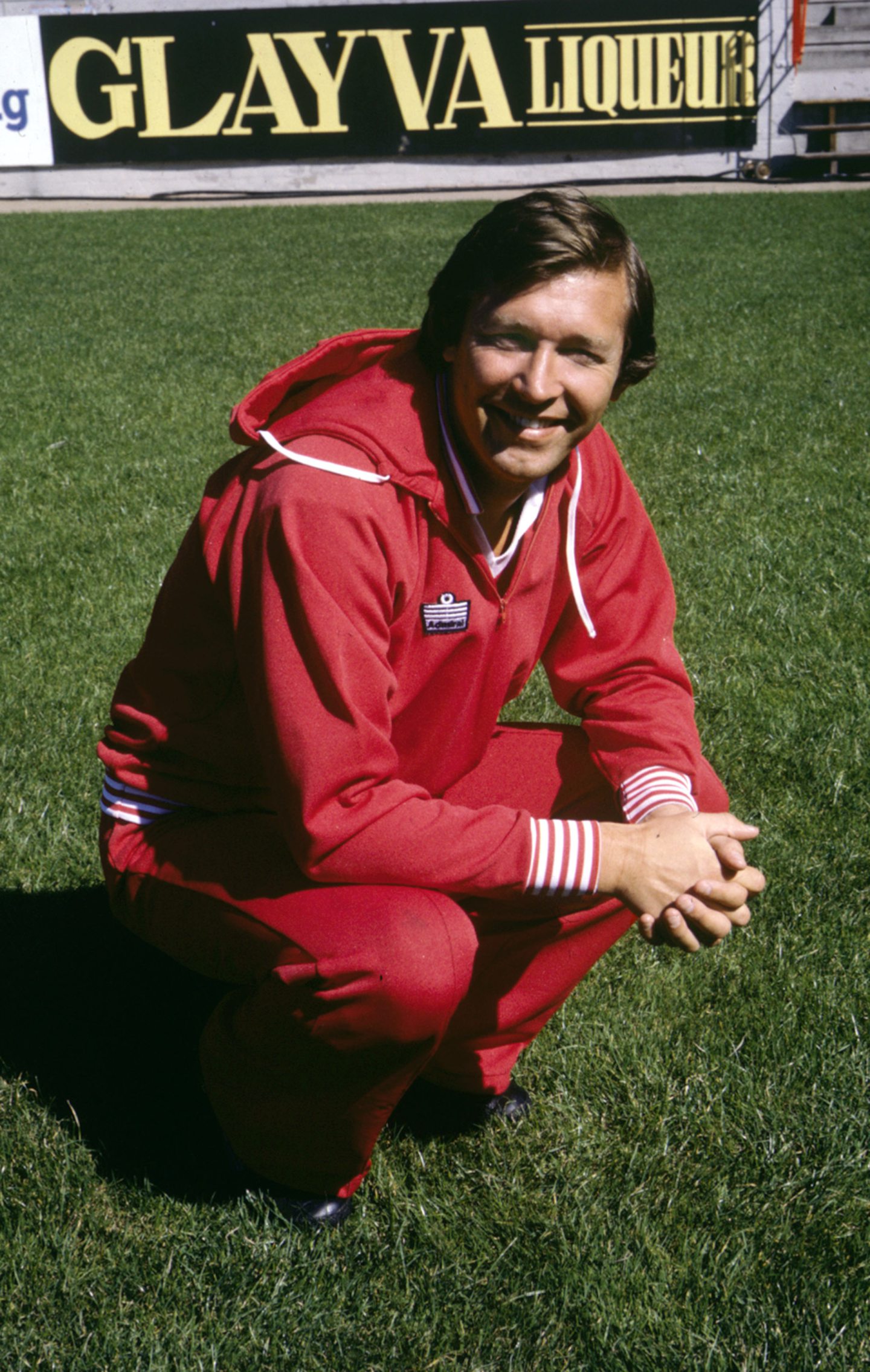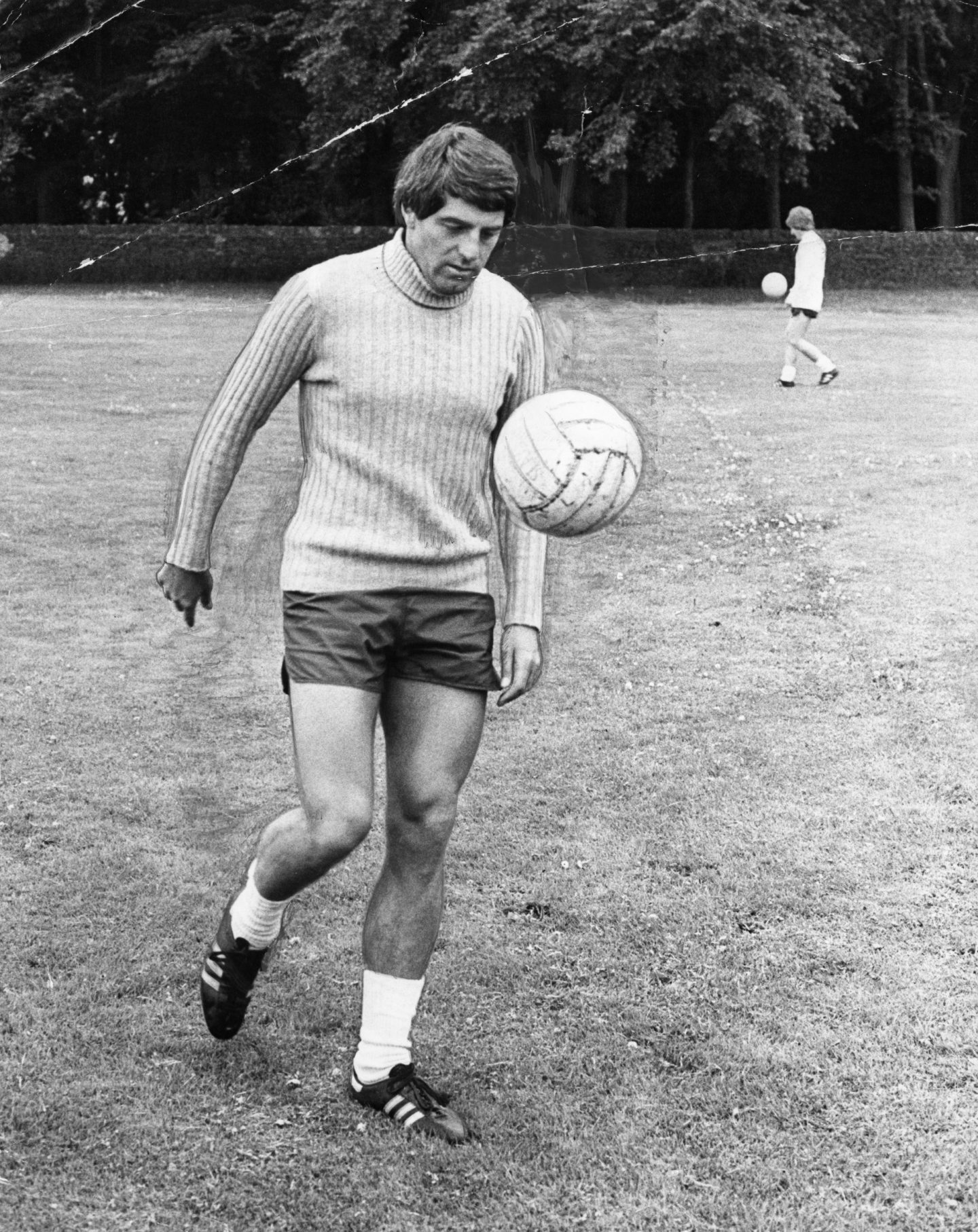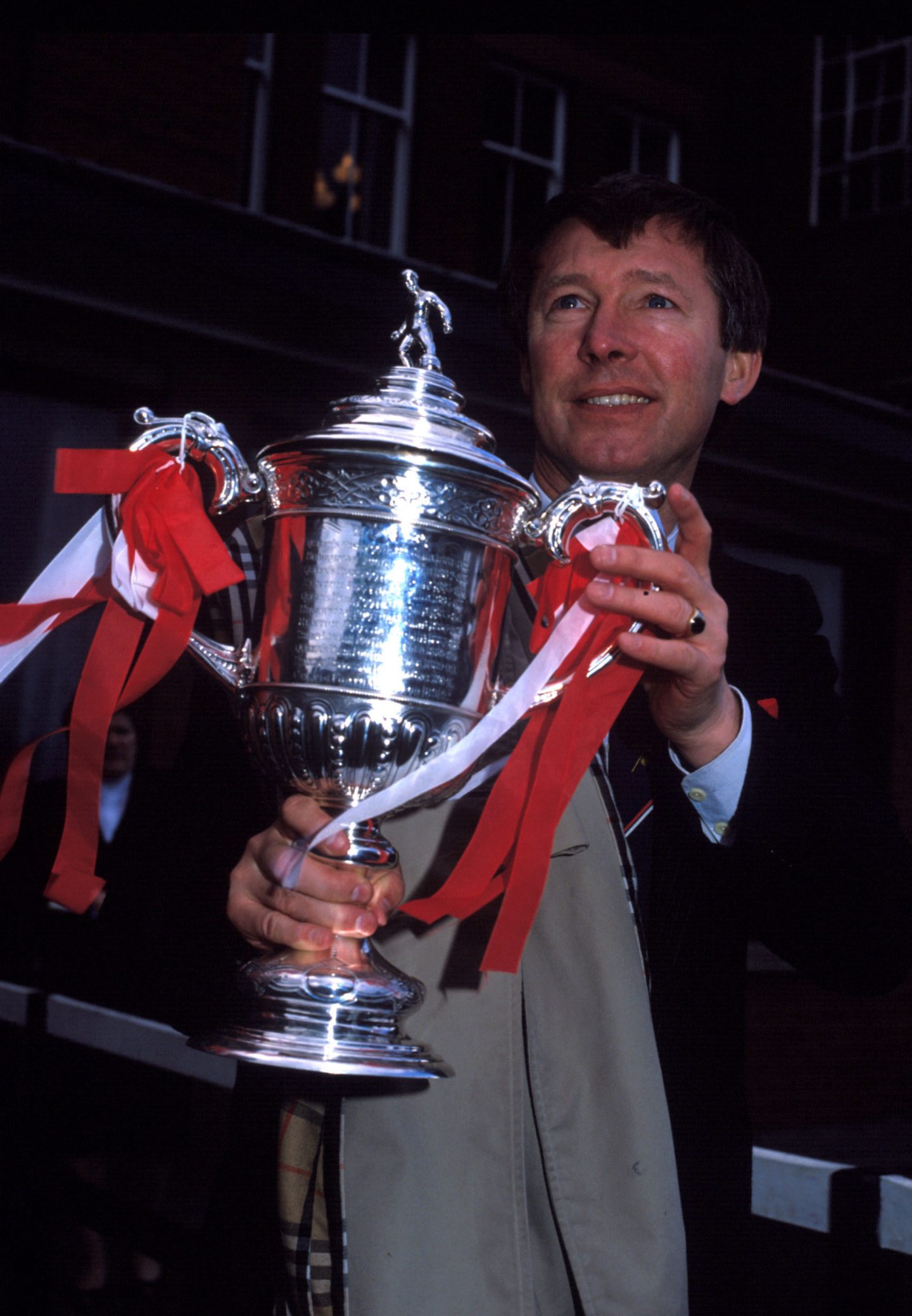
Aberdeen were left without a manager for the second successive summer in 1978 when Billy McNeill resigned after just one season in charge.
Ally MacLeod left to take over the Scotland team in 1977 and now McNeill was going back to his first love Celtic following the departure of Jock Stein after 13 years.
McNeill, who spent 18 years as a player at Celtic Park, accepted the offer to replace Stein — despite a last-gasp bid from the Pittodrie directors to get him to stay.
“If I hadn’t accepted the Celtic job I may have gone through years of wishing I had.
“And then perhaps my work at Aberdeen would have suffered.
“I would have gone to no other club than Celtic.”
Ferguson wanted to win trophies
Chairman Dick Donald was determined to find the right man who could follow two of the biggest names in football.
St Mirren manager Alex Ferguson was among a list of names being linked with the Aberdeen job which included Alex Stuart, Bertie Auld, Craig Brown, Bobby Murdoch and Ian St John.
Aberdeen came calling for Ferguson the previous summer when MacLeod left to manage Scotland but he decided to stay on at Love Street.
He would regret it.
So, when Aberdeen contacted Ferguson again, this time he agreed to become the successor to Billy McNeill in June 1978 at the age of 35.
“I’m delighted to be here,” he said.
“I was interested in the job immediately when Billy McNeill left for Celtic.
“It’s a fine club with excellent facilities and I’m looking forward to a long and happy stay here.
“I know there is a good squad of players at Pittodrie but there is still a big challenge for me here.
“I’m a winner by nature and I want to win things for Aberdeen Football Club.”
Billy McNeill’s side had finished second in the league and included players like Bobby Clark, Stewart Kennedy, Joe Harper, Willie Miller and Drew Jarvie.
The players immediately realised Ferguson was very single-minded and it was clear that he wasn’t going to take any nonsense from anybody.
Could Walter Smith have joined him?
He was also a positive manager and immediately emphasised to the squad that they had to start going to Ibrox and Parkhead to win against Rangers and Celtic.
“As long as I am manager, you can take it that there will not be any non-triers,” said Ferguson.
“The fans must also exercise some patience but it is equally imperative that the lads have faith and a duty to each other.
“In fact the team must be willing to die for each other.
“I have always demanded a will-to-win attitude and if you have 11 good triers on the park working for each other it makes a huge difference.
“It doesn’t matter if some players don’t even like each other…on the field they must play as a unit.”
Ferguson wanted to take Walter Smith to Pittodrie as his assistant manager from Dundee United where he started his coaching career under Jim McLean in 1977.
Smith was still playing at the age of 30 while helping to develop some of the younger players at Tannadice like Paul Sturrock, Dave Narey, Davie Dodds and Ralph Milne.
“I asked Jim McLean, the United manager, for permission to talk with Walter,” he said.
“I know Walter quite well and he was my first choice.
“But, at the age of 30, Walter said that he wanted to continue playing.
“In addition several United men have hit injury problems and this could have played a part in Walter’s decision.
“I regard the Pittodrie post as a big job and will be in no hurry to find a replacement.
“It’s essential to get the man with the right credentials and I will have a good look around before making up my mind.”
Pat Stanton eventually became Ferguson’s right-hand man.
Ferguson’s first season in charge started with a match against Tottenham Hotspur whose manager Keith Burkinshaw had returned from Argentina with two World Cup winners.
The absence of Osvaldo Ardiles and Ricky Villa had little effect on the Pittodrie attendance and 18,000 watched Aberdeen win the game 3-1 with goals from Joe Harper, Steve Archibald and Drew Jarvie.
Ferguson could not steer the team to success in his first season at the helm and Aberdeen only managed a fourth-place finish despite Joe Harper scoring 32 goals in 40 appearances.
The Dons went out of the European Cup Winners’ Cup in the second-round following a 3-2 aggregate defeat to Fortuna Dusseldorf of West Germany who eventually finished runners-up in the competition.
Aberdeen lost the League Cup to Rangers when Doug Rougvie became the second player to be sent off in a major Scottish final after a clash with Derek Johnstone.
Rangers won 2-1 with goals from Colin Jackson and Alex MacDonald and Ferguson slaughtered Johnstone for feigning injury after the game and said that’s why Aberdeen lost the final.
Aberdeen reached the semi-finals of the Scottish Cup where Hibernian recovered from Steve Archibald’s opener to win through goals from Gordon Rae and Ally McLeod.
Setting his sights on the league title
Ferguson said he was disappointed with his first season in charge and cited injuries to key players as the main reason behind Aberdeen going out of reckoning for a trophy.
He said: “Our flop in the League Cup final was a shock to me, but I’ll lay it on the line and say that winning the League Cup doesn’t really mean anything.
“My burning ambition is to manage a team capable of winning the Premier League title and the main aim for next season must be consistency and hopefully freedom from injury among first-team players.”
Ferguson had now set his sights on breaking Celtic and Rangers’ dominance of Scottish football and delivering the club’s first league title since 1955.
He did.
Under his guidance the Dons won three championships (1980, ’84, ’85), four Scottish Cups (’82, ’83, ’84, ’86) and the League Cup (’86).
Ferguson also led Aberdeen to European Cup-Winners’ Cup glory in 1983 with a 2-1 extra-time defeat of Real Madrid in the final and added the European Super Cup with a 2-0 aggregate defeat of then European Cup holders SV Hamburg.
Eventually, of course, he was made an offer he couldn’t refuse by Manchester United and travelled to Old Trafford in 1986 for the launch of his second halcyon period.




